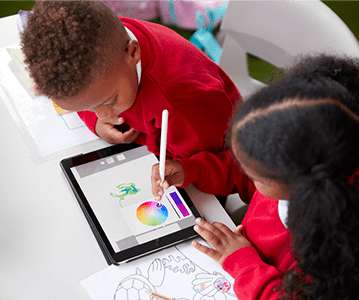Balance the Delivery
Ask a Tech Teacher
AUGUST 12, 2022
Years ago, I took the lead in writing a Bring Your Own Device (BYOD) policy for my school site, which was later adopted by my district. While already aware of the effects smartphones had on students’ attention, I tried to keep a balanced approach to using technology in my classroom. Online discussions can move to face to face.














Let's personalize your content